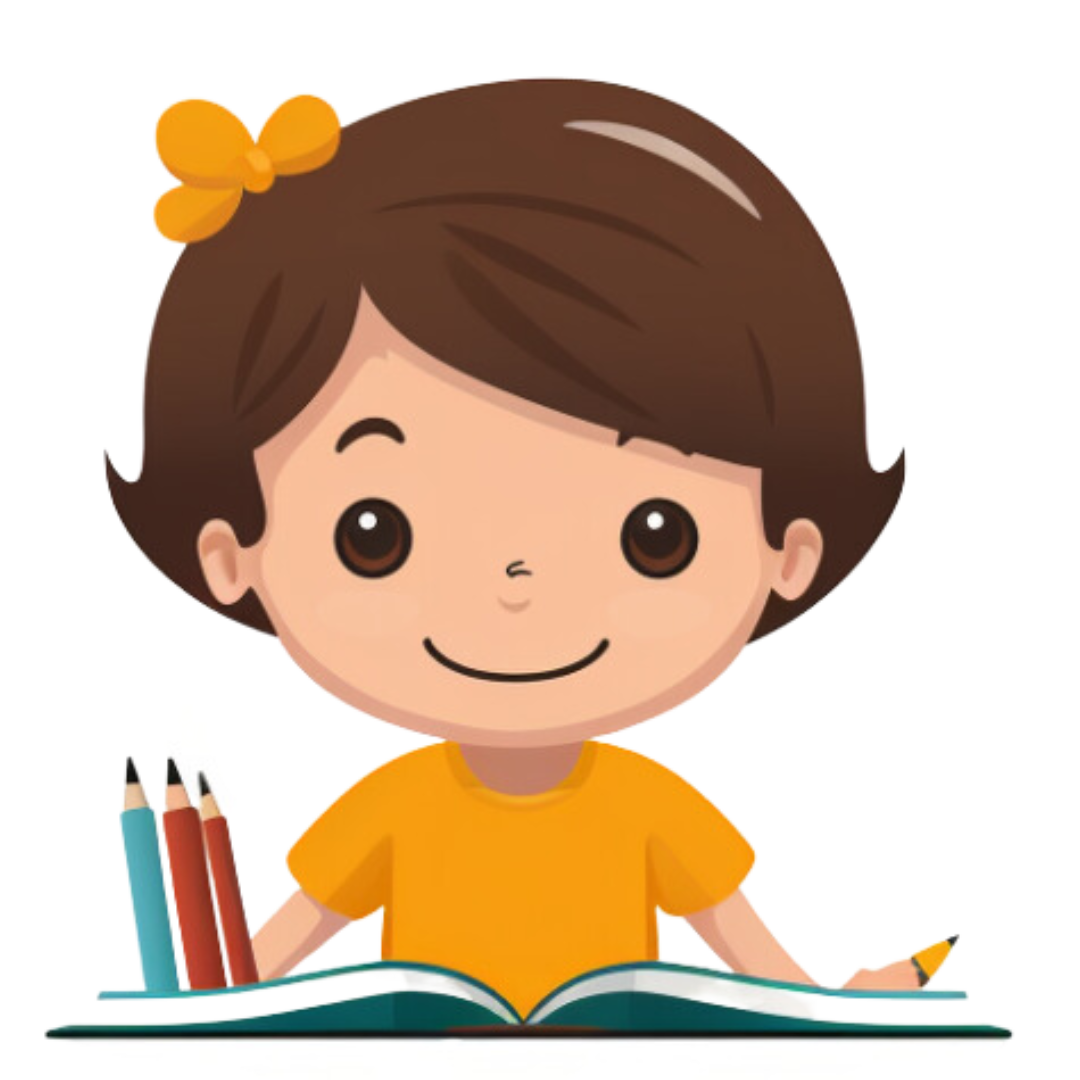Story Worksheet
Space Adventure In The City
Rating: 0
Story: Space Adventure In The City (EASY)
Once upon a time, in a busy city, lived a boy named Tim.
Tim loved stars.
He wished to fly to the moon.
One night, a fairy heard Tim.
She gave him a magic hat.
The hat could fly.
Tim put on the hat.
He flew up, up, up.
He saw the moon.
He saw the stars.
He was happy.
Then, he flew back.
He thanked the fairy.
He slept with a smile.
Questions and Answers (8)
- Q: Who is the boy?
- A: Tim
- Q: What did Tim love?
- A: stars
- Q: What did Tim wish?
- A: to fly to the moon
- Q: Who heard Tim?
- A: a fairy
- Q: What did the fairy give Tim?
- A: a magic hat
- Q: Where did Tim fly?
- A: to the moon
- Q: What did Tim see?
- A: the moon and the stars
- Q: Who did Tim thank?
- A: the fairy
Facts
Why is this worksheet educational?
The story "Space Adventure in the City" is educational and enjoyable for children for several reasons.
Firstly, it introduces the concept of space travel in a simple and engaging way.
The story uses the character of Tim, a young boy who loves stars and wishes to fly to the moon, to spark children's interest in space and astronomy.
This can inspire children to learn more about these topics.
Secondly, the story uses simple, short sentences and easy words, making it suitable for children who are just beginning to read.
The repetition of certain words and phrases, such as "Tim", "stars", "moon", and "flew", helps children to recognize and remember these words.
Thirdly, the story incorporates elements of fantasy, such as the fairy and the magic hat, to stimulate children's imaginations.
This can encourage children to create their own stories and to think creatively.
Fourthly, the story conveys positive messages, such as the importance of having dreams and the joy of achieving them.
This can motivate children to pursue their own dreams and to believe in their abilities.
Finally, the story includes questions that can only be answered by reading the story.
This encourages children to pay attention to the story and to understand it.
The questions are easy and have one-word answers, making them suitable for first and second graders.
 ReadWriteHub.com
ReadWriteHub.com